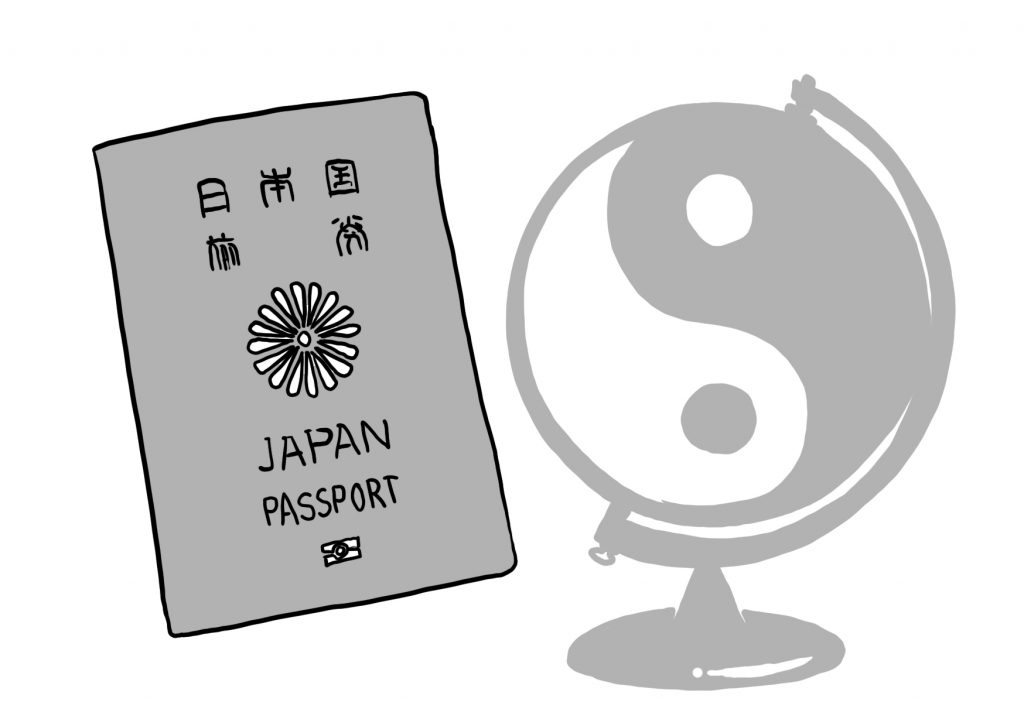The Indo-Pacific region has received growing attention from the international community ever since Former American President Trump presented the United States’ ‘Free and Open Indo-Pacific’ (FOIP) strategy at the 2017 Asia Pacific Economic Cooperation (APEC) Summit in Hanoi. This is not fundamentally surprising. The region houses the world’s largest share of the global GDP, trade routes, population, and militaries. Although much attention is paid to the emerging US-China relationship in this region, Japan’s leadership role in the region often goes unnoticed. Indeed, the original FOIP strategy was Japan’s —unveiled by Prime Minister Abe in 2016.
Tokyo assumes responsibility for the Indo-Pacific citing its geographical location at the confluence of the Pacific and the Indian Oceans. This is only the tip of the iceberg. Japan has been increasingly wary of China’s rise in the region. One major concern is China’s coercive operational behavior in the territorial waters around the Senkaku islands in the East China Sea. Another is its growing influence via the Belt and Road Initiative. Tokyo is also conscious of the US’ waning influence in the region and is stepping up its stake accordingly.
In a region fast coming to be defined by a geopolitical conflict between the US and China, Japan seems to be strategically playing its own interests in the region. Although it is a member of the Quadrilateral Security Dialogue (Quad), for instance, Tokyo leverages the liberal card of securing the global commons instead of a military approach to deal with China. Since 2018, Tokyo has reframed its FOIP policy as a vision rather than strategy to avoid zero sum approaches towards China.
A recent change of guard has further complicated matters. The international community noticed when PM Suga replaced the phrase “free and open” with “peaceful and prosperous” at a virtual summit meeting with China, South Korea and the Association of Southeast Asian Nations (ASEAN) a month after his investiture. This move ostensibly raised questions about Tokyo’s commitment to the Indo-Pacific. Two main issues were highlighted as the probable causes for this change in stance. First, several Asian countries were suspicious of the words “free” and “open” because their political regimes are neither ‘free’ nor ‘open’. Second, many believed that unlike his predecessor’s administration, Suga’s kantei 1 wanted to step away from the image of ‘containing’ China.
Although this move generated some ripples, Suga’s administration was quick to deny any claims of changing intentions. As a reassurance of this denial, PM Suga has frequently mentioned the words, “Free and Open Indo-Pacific” to clear up any doubts about his commitment to the FOIP vision. The kantei took the cues and began to project a more proactive foreign policy in line with vision FOIP and spurred behaviour from the US. On Jan. 28 2021, Suga held a phone conversation with Biden, where the two leaders affirmed their desire to work side by side to realise a “Free and Open Indo Pacific” – the first time Biden officially used the words.
Tokyo is beginning to play an important role in socializing nations and geographies to the concept of the Indo-Pacific, especially amidst rising geostrategic uncertainty. The uncertainty is adding to increasing pressure on trade and supply chains as well as in tensions in technological, political and security areas. Despite these complexities, Japan’s diplomacy with the ASEAN, and increasingly, with the EU, point towards its role in cementing the FOIP vision.
The ASEAN Dream
The ASEAN faces complex decisions in the Indo-Pacific. The bloc is China’s top trade partner while simultaneously being embroiled in territorial disputes with Beijing. To tread the FOIP path, it is important to win the trust and cooperation of ASEAN. Its passages need to remain free and open and the major stakeholders such as the Quad and more recently, the EU are acting fast to ensure this.
Japan has clearly been signaling its interests in the region – representing a strategic counterweight against China. PM Suga’s first diplomatic visits were to Indonesia and Vietnam in October 2020 and not Washington, which has traditionally been the first choice. Through these visits, Japan clinched a defense export deal with Vietnam and pledged a 50 billion yen ( Approx. 460 million USD) low interest loan to assist the COVID 19 economic fallout. In both Hanoi and Jakarta, Suga made it a point to reiterate the ‘Indo-pacific’ vision. Cumulatively, Japan is working to provide ASEAN states dependent on China with an alternative trade and supply chain opportunities. With the Japanese move to set aside 243.5 billion yen (Approx. 2.2 billion USD) to help Japanese firms relocate from China to ASEAN countries, Japan aims to strengthen its own access to raw materials and labour and provide southeast Asia with greater employment opportunities and access to technology.
The pandemic seems to have provided an opportune moment for Japan to revise and renew its ASEAN Strategy. Other than long-standing items Official Development Aid commitments to building infrastructure and economic corridors in most Southeast Asian nations, Tokyo was quick to offer pandemic related aid as well. The largest funding packages to the Philippines, Indonesia, Myanmar and Vietnam in 2020 came from Japan. Further, Japan appears to be trying to lobby ASEAN states such as Vietnam and the Philippines to become partners of the Quad in the form of a Quad plus arrangement. This may come through as an invitation for an informal dialogue or even an option to join an exercise.
These efforts are paying off. An opinion poll in ASEAN’s member countries in 2021 indicated an apparent interest by the member nations to strengthen the relations with Japan in view of the growing Chinese influence. While Tokyo might find it increasingly difficult to sustain economic aid given the post pandemic economic situation of Japan, it certainly lays down the groundwork for a more robust ASEAN engagement with the Indo-Pacific concept.
Looking forward – A Japan-Europe synergy for the Indo-Pacific?
Beyond the ASEAN, Japan may well have an important role to play in socializing other countries to its vision for the Indo-Pacific. For instance, Europe and Japan have shown a growing interest in strengthening their strategic ties with one another. From a strategic standpoint, this makes sense. In early 2019, the EU and Japan concluded the negotiation of European Trade Agreement (ETA) – the EU’s largest bilateral trade agreement. Although the EU is not a traditional security player in the Indo-Pacific, France, Germany, and the Netherlands have published strategies or guidelines for the region, which has increased expectations about the strategy for the bloc.
The EU is increasingly looking to Japan for guidance. In February 2021, for instance, Tokyo and Brussels discussed Indo-Pacific cooperation at their annual Joint Committee meeting. Earlier in January, Toshimitsu Motegi became the first Japanese foreign minister to be invited to address the EU’s Foreign Affairs Council. He was invited to brief senior European diplomats about Tokyo’s Indo-Pacific strategy. Japan has also worked towards strengthening its relationship with NATO, evident from several practical initiatives in recent years including the official designation of its embassy in Belgium as its mission to NATO.
In Japan’s path to ‘normalisation’, it has significantly re-oriented foreign policy since the 1990s to play a greater role in the region and beyond. By sowing the seeds of the Indo-Pacific concept, Prime Minister Abe – to a great extent- has solidified Japan’s role in global geopolitics. PM Suga continues the path of normalisation through intense participation in the regional dynamics. In fact, a less aggressive stance towards China could be an excellent strategy, given the disruptions of COVID-19.
Nations and geographies around the world are grappling with the implications of China’s rise and its geopolitical competition with the US. The Indo-Pacific vision was born of this contest. Nations who are wary of choosing sides are increasingly finding in Japan a reliable and effective partner in the fields of trade, technology, and security. Indeed, it may well be Japan, and not the US or China, which introduces the world to the Indo-Pacific. With the foundations well laid and opportunities well served, it is now up to PM Suga’s kantei to lead towards the future of the FOIP, while still effectively balancing the relations with both Beijing and Washington.

Madhumitha Srinivasamoorthy is an MIA student at Hertie, originally from India. She is passionate about security , Asian geopolitics and multilateral cooperation. She comes from diverse backgrounds with bachelors in commerce from Madras University, followed by experience as a translator in a Japanese MNC. She is interested in digital governance and its way to deal with new vulnerabilities to security.
